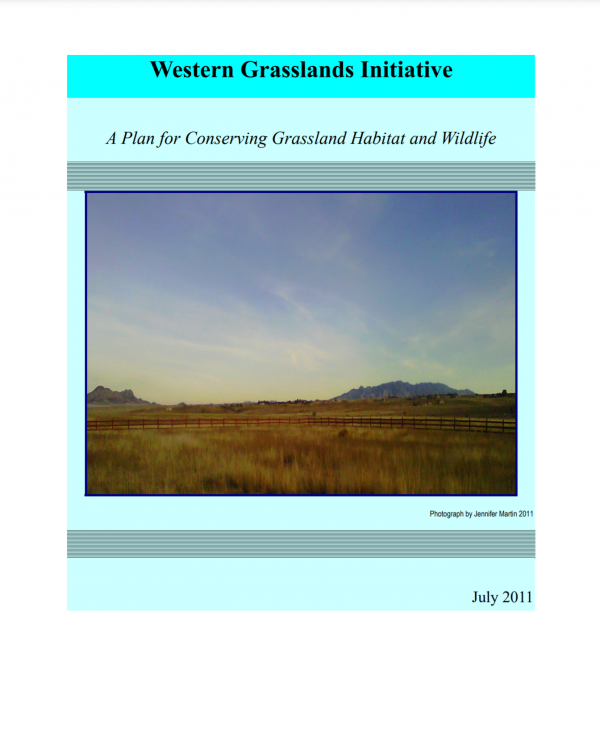It is estimated the Great Plains and desert grasslands once covered over 500 million acres stretching between Canada, Mexico and the United States. Nearly 200 wildlife species were found to use this immense sea of grass in 11 different states (parts of Arizona, Colorado, Kansas, Montana, Nebraska, New Mexico, North Dakota, Oklahoma, South Dakota, Texas, and Wyoming) within the United States. While these grassland ecosystems provide habitat for numerous wildlife species, another primary function is to slow water runoff and allow for aquifer recharge. Within the Great Plains region there are at least three major aquifers which are used for municipal drinking water, energy and industrial development, and agricultural crop irrigation. Despite the important role grasslands play in ground water recharge, this immense ecosystem is poorly represented in conservation areas when compared to other ecosystem types in North America. In fact, from a global perspective, grasslands are one of the most threatened and under-represented habitat types in conservation area systems.
Attached Files
| File | Action |
|---|---|
| WGI_Strategic_Plan_07-2011.pdf | Download |
- Version
- File Type pdf
- File Size 2.39 MB
- Publication Date July 1, 2011
- Download Count (since 10/2020) [2807]
